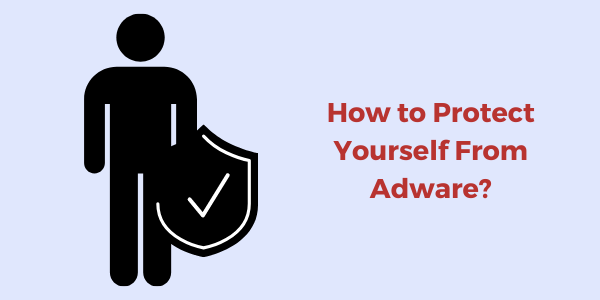
Protecting yourself from adware and unwanted software installations is essential for maintaining a smooth and secure computing experience.
Here are some proactive measures to help you avoid adware:
Download Software from Official Sources:
Read Installation Prompts Carefully:
Keep Your Software Updated:
Use Reputable Security Software:
Avoid Clicking on Suspicious Ads or Pop-ups:
Be Wary of Email Attachments and Links:
Use an Ad Blocker:
Employ a Firewall:
Review User Reviews and Ratings:
Educate Yourself:
Back Up Your Data:
Consider Using a Standard User Account:
By following these practices, you can reduce the risk of encountering adware and other potentially harmful software. Staying vigilant and practicing safe computing habits is crucial for maintaining a secure and hassle-free online experience.
Thank You